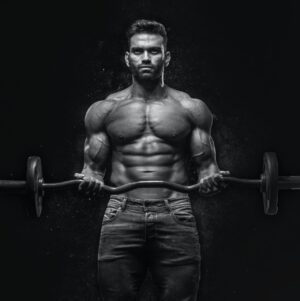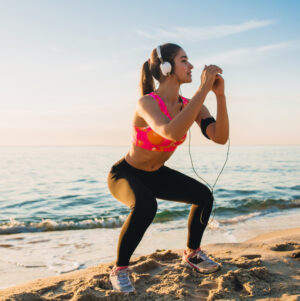How to choose your swimming style and learn how to breathe properly in the water. How many basic styles of swimming, how to choose the right one that suits you, let’s talk about the technique of each style and the benefits of breathing exercises.
Swimming is not only a physical development tool, but also a great way to lower stress levels. When practicing swimming, almost all muscle groups are put to work. Many people do not know how to swim, and those who can and like to, do not always do it technically correctly, which does not allow them to use swimming as an element of full-fledged physical activity.
What is swimming as a sport.
Swimming has been spread on earth since ancient times, even in ancient Greece and Rome there were swimming competitions, and in ancient Egypt swimming was taught from childhood. In Russia, swimming was also known, but it was used not in sports competitions, but mainly in fishing. But swimming was formed as a sport only by the end of the XIX century in France.
It was then that swimming styles began to form, the first of which were crawl and breaststroke. Subsequently, swimming on the back and butterfly were added. In sports swimming there is swimming in the pool (at a distance of 25 and 50 meters) and in open water. To date, there are five basic styles of swimming:
- Freestyle, aka crawl.
- Brass.
- Butterfly – technically difficult.
- On the back, the same crawl, but inverted.
- Complex (a combination of butterfly and both types of crawl).
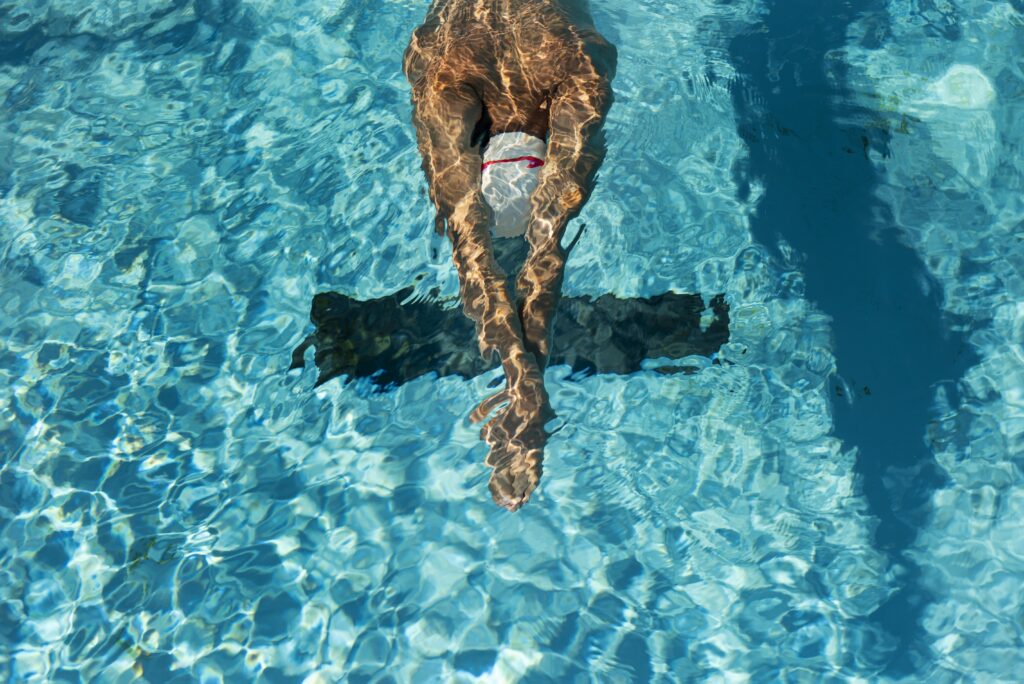
What features each style of swimming has.
When it comes to learning to swim, we mean exactly the training of one of the above-mentioned styles. The most important thing here is to master the correct technique at the initial stage of training.
Crawl
Considered one of the fastest styles, it allows you to cover a considerable distance in a minimum of time and at the same time with the economy of forces. The difficulty of mastering it is medium. Learning this style will contribute to the rapid loss of excess weight, as it requires significant energy expenditure. The main thing when mastering this style of swimming is to learn to make the right rowing motion and have a good sense of balance.
When mastering the crawl, first of all, make sure that your fingers are folded together in such a way that they form a “boat”. Rows are carried out alternately with both hands, and here it is important to make smooth strong movements without splashing. The first to sink into the water is the thumb, only then the whole palm. The main movement of the hand, which sets the impulse of the body movement, takes place under water. When rowing, it is necessary to make smooth movements of the legs, and one rowing should be two or three movements of the legs. During the movement of the face is immersed in the water, turn your head to inhale on the side of the arm, which you are making the movement at the moment.
Backstroke.
Ideal for beginning swimming instruction, such as children. It helps to strengthen back and shoulder muscles and is suitable for people with musculoskeletal problems. During the swim, it allows you to rest just lying on your back. But this is also a slow style. Here a large load falls on the legs (the movement starts from the muscles of the thighs).
In order to breathe correctly, take a deep breath (the head is directed towards the leading hand at that moment) and on this air make two or three rows with both hands. Do not try to stick your head up – so you give a load on the spine, keep your head straight. Backstroke is quite energy-consuming because it requires constant movement of arms and legs.
Backstroke.
Ideal for beginning swimming instruction, such as children. It helps to strengthen back and shoulder muscles and is suitable for people with musculoskeletal problems. During the swim, it allows you to rest just lying on your back. But this is also a slow style. Here a large load falls on the legs (the movement starts from the muscles of the thighs).
In order to breathe correctly, take a deep breath (the head is directed towards the leading hand at that moment) and on this air make two or three rows with both hands. Do not try to stick your head up – so you give a load on the spine, keep your head straight. Backstroke is quite energy-consuming because it requires constant movement of arms and legs.
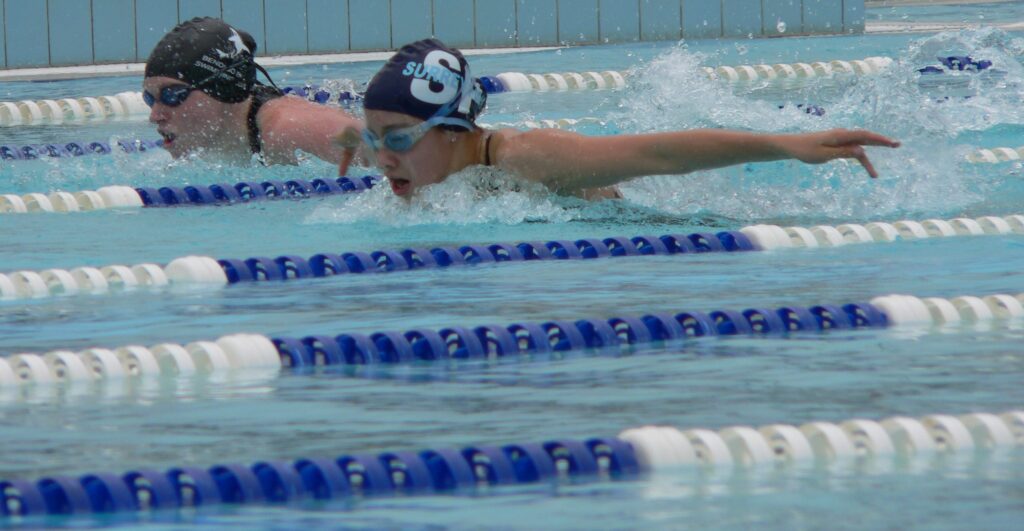
Brass.
Perhaps the most popular, but also the slowest style in the world, also called “froggy style”. As a rule, it is mastered independently, without proper technique. Here the head is above the water, which allows you to see the direction of movement. And if the movement of the hands to master quite simply, then with the legs will be much more difficult, because it requires the performance of unaccustomed to human movements. Here you need good coordination.
The movement of the hands occurs according to the following scheme: bending the arms at the elbows, you need to join them in the palms and stretch them forward at shoulder level, then make a sharp rowing under water spreading the arms apart. Here it is important to synchronize the movement of the arms with the push with the legs. To train your legs, try lying on the floor or on a bench and stretch out with your legs closed. Then bend your legs at the knees and pull them towards you, then throw them back with a pushing motion.
Butterfly.
A swimming style that is difficult enough to master and requires physical strength and long training. It is a fast style that allows you to cover considerable distances in a short time. Here the body is constantly in motion. Stretching your arms forward with closed palms sharply spread them apart so that the elbows were higher, there will be a forward movement in which the body rises above the water (here you need to take a breath). Hands reach the pelvis and sharply carried forward, then a new row. At the same time, it is necessary to constantly make pushing movements of the closed legs on the amplitude up and down.
Complex.
Assumes mastery of all the previous styles, in competitions is used to overcome long distances, such as 400 meters.
Choosing between these styles, it is necessary to understand what goal you are pursuing. If the goal is to learn to swim, then the breaststroke or backstroke is suitable. If swimming is not new to you and you want to improve your skills, then try to start mastering breaststroke: it is effective for developing muscles of the whole body and giving it a muscular relief.
How to properly train your breathing for swimming.
Swimming is certainly useful for the vast majority of people, it allows you to get a unique physical activity that does not seriously affect the spine and joints. Regular swimming lessons increase strength, develop endurance, stimulate the work of the vestibular apparatus. And in order for swimming to be more effective, it is necessary to prepare your body on land.
To do this is suitable for a set of movements, which then you will repeat while in the water. This training is simple enough, does not require special equipment and is carried out according to a simple methodology:
– warm-up, in order to warm up the muscles;
– various swinging movements of the arms to develop the shoulder girdle;
– various strength exercises (push-ups, squats, etc.);
– stretching to improve flexibility;
– warm-up.
In addition to the development of physical qualities, in swimming it is necessary to pay great attention to proper breathing. Without this, the successful mastering of swimming skills is simply impossible. Do it in the water with the help of simple but very effective exercises:
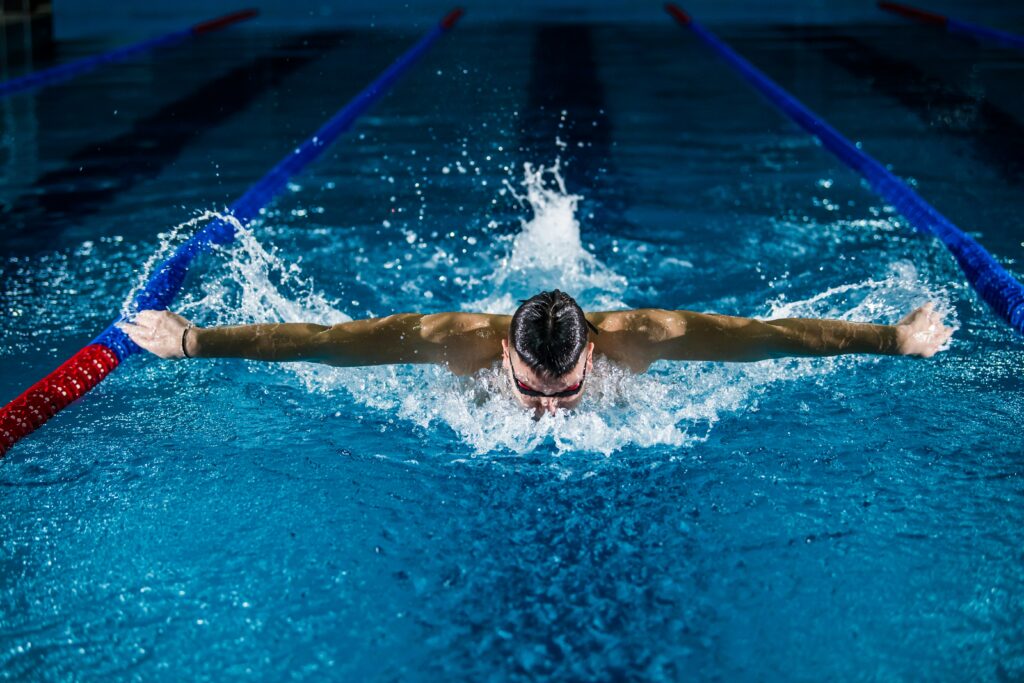
- Take a deep breath, and then lower your face into the water with a subsequent exhalation through the nose. Your task is to gradually increase the time of exhalation, while reducing the volume of inhaled air.
- Try doing this exercise while lying on the water.
- But a more effective way is to practice breathing while swimming. Raising your head above the surface of the water, take a quick inhale and slowly exhale.
- With the help of an inflatable mattress or other floating surface you can perform the following exercise – holding on to the surface, do the work with your legs and at the same time take a short breath, turning your head to one side, and then, turning your head, make a long exhalation.
And to keep afloat more confidently, try doing two exercises. The first is the “star”. Going into the water at the waist, dial full lungs of air and, pushing off the bottom, lie on the water belly, spreading your arms and legs in the manner of a starfish, the head should be lowered into the water. You will remain on the surface of the water thanks to filled lungs. As you raise your head, you will feel your body sinking lower, which means that swimming with your head in the water is much more efficient.
The second exercise is called “float” – go into the water up to your chest and take a deep breath. As you push off the bottom, pull your knees up to your chest and put your head in the water – the water will start to push you to the surface. This will allow you to realize that your body can stay on the surface of the water regardless of its own weight.
